4 Tax-Smart Strategies for Your Charitable Giving
(NewsUSA) - Are you one of the 68 percent? Or maybe even the 17 percent?
- Are you one of the 68 percent? Or maybe even the 17 percent?
The former are those Americans who, despite the current economic uncertainty, intend to donate a similar amount of money to charity this year as they did in 2021, according to a new survey conducted by financial services firm Edward Jones with Morning Consult. While the latter – kudos to you – are planning to dig even deeper into their pockets.
Here's how to do it in a way that might be more advantageous when you file your taxes:

1. Take advantage of the upside of higher gas prices.
So you, being a caring person, have decided to volunteer at a charity whose work you admire. The IRS lets you deduct unreimbursed out-of-pocket expenses like the cost of gas for driving back and forth.
And with prices at the pump being what they are these days, the deduction might be worth more than any “gently used” clothes you donate to your local resale shop.

2. Act like your own charitable foundation.
Three words: Donor-advised funds (DAF). If you haven’t heard of them, you should. According to a report by the Philanthropy Roundtable and American Enterprise Institute, they're the fastest growing option in charitable giving – no doubt because, as the report concluded, they “help to democratize philanthropy” by essentially acting as “small, personal foundations” for people who don’t have treasury secretaries on their speed dial.
Basically, with DAFs, you make an irrevocable contribution to the fund – whether cash, stock or other marketable securities, and you get to recommend grants/distributions to one or more of your favorite IRS-qualified public charities to support. Maybe it’s your local homeless shelter. Or maybe it’s a religious institution.
Whatever you decide, it’s a win-win situation: You get an income tax deduction in the year of the contribution, the money you donated to the fund has the potential to grow over time and any investment growth is tax-free, expanding your charitable impact.
“DAFs can be a powerful tool for helping people make a positive impact in the world, which is something our survey found Millennials and GenZers are especially interested in,” says Zach Gildehaus, a senior analyst at Edward Jones, whose local financial advisors can help you figure out how best to incorporate charitable giving into your overall financial strategy through vehicles like a donor-advised fund.
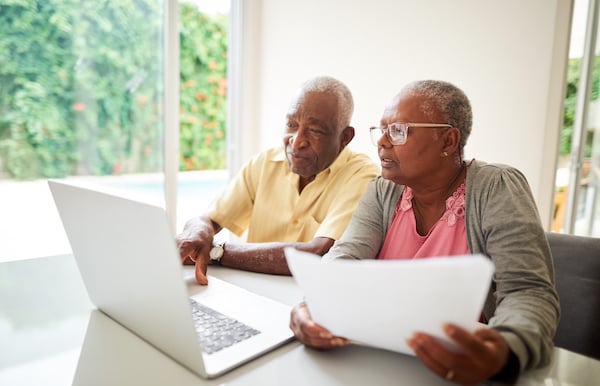
3. Consider the RMD trap.
The IRS generally requires that traditional IRA holders take annual income withdrawals, known as required minimum distributions (RMDs), starting at age 72 even if they don’t want or need the money. But that cash, which is subject to ordinary income tax, could put you into a higher tax bracket and adversely affect your Social Security payments and Medicare benefits.
And not taking your RMD can have serious consequences.
“The IRS penalty for not withdrawing it is 50 percent of the amount not taken on time,” says Gildehaus.
One Strategy? Folks age 70½ and older can make what’s known as a QCD (qualified charitable distribution). That allows you to meet your RMD by instructing your IRA administrator to send as much as $100,000 a year from your account to an IRS-qualified charity, and – wait for it – not only would you then not have to pay taxes on the money since it’s going to a charity, but your RMD may be reduced in future years.

4. Use caution when donating to political organizations or candidates.
Okay, so this is really more of a caution. Remember that 17 percent who said they intended to donate even more this year? Well, 39 percent of them cited social/political issues as the catalysts. That, however, doesn’t mean any contribution you make to political organizations or candidates will score you a tax deduction. They won’t.
*Edward Jones, its employees and financial advisors cannot provide tax or legal advice. You should consult your attorney or qualified tax advisor regarding your situation.


 - Professionally installed automotive window film (“auto tint”) may improve your ride in more ways beyond its curb appeal. Here are four more benefits of having window film installed, according to Darrell Smith of the International Window Film Association (IWFA).
- Professionally installed automotive window film (“auto tint”) may improve your ride in more ways beyond its curb appeal. Here are four more benefits of having window film installed, according to Darrell Smith of the International Window Film Association (IWFA).
 - Fall is the best time to explore Israel during its peak harvest season for both wine and olive oil.
- Fall is the best time to explore Israel during its peak harvest season for both wine and olive oil. 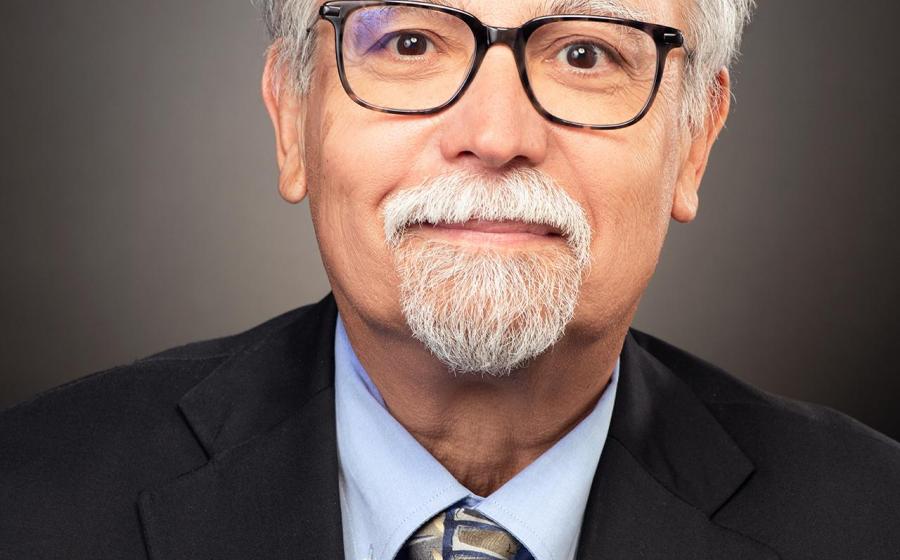
 - Es divertido ver el regreso de algunas tendencias retro de los años 90, como las canciones clásicas del rock que vuelven a la lista de las favoritas, los peinados y hasta los zapatos de la época de los 90. Otras tendencias es mejor dejarlas en el pasado, como los millones de casos de varicela que ocurrían en los Estados Unidos cada año antes de que tuviéramos una vacuna eficaz.
- Es divertido ver el regreso de algunas tendencias retro de los años 90, como las canciones clásicas del rock que vuelven a la lista de las favoritas, los peinados y hasta los zapatos de la época de los 90. Otras tendencias es mejor dejarlas en el pasado, como los millones de casos de varicela que ocurrían en los Estados Unidos cada año antes de que tuviéramos una vacuna eficaz. 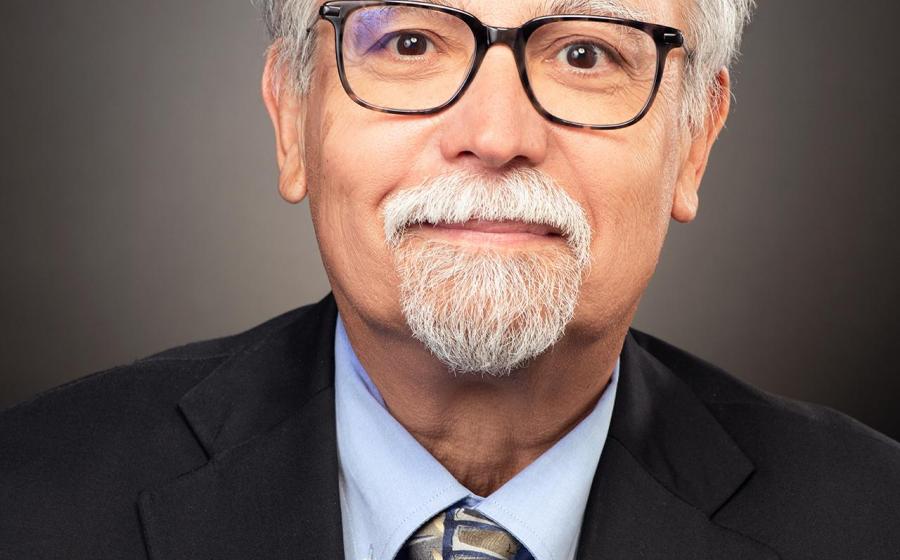
 - Some 90’s retro trends are fun to see come around again, like classic songs returning to the playlist, hairstyles, and even fun 90s’ shoes. Other trends are better left in the past -- like the millions of cases of chickenpox that happened in the United States each year before we had an effective vaccine.
- Some 90’s retro trends are fun to see come around again, like classic songs returning to the playlist, hairstyles, and even fun 90s’ shoes. Other trends are better left in the past -- like the millions of cases of chickenpox that happened in the United States each year before we had an effective vaccine. 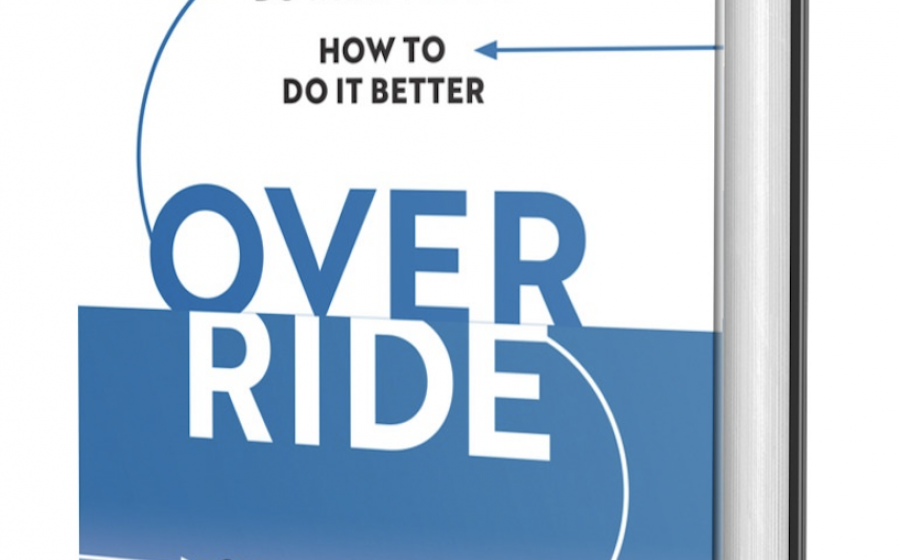
 - If you want to gain greater control over the things you do in your life, an illuminating place to begin is in understanding how your personal brain chemistry shapes those dynamics. Your brain is constantly seeking comfort. Whether it’s recovering from a stressful event that gets your adrenaline pumping or the slow drip-drip of low-lying stress, how you handle yourself boils down to how you’re hardwired, by what’s embedded in your inherited neurochemistry.
- If you want to gain greater control over the things you do in your life, an illuminating place to begin is in understanding how your personal brain chemistry shapes those dynamics. Your brain is constantly seeking comfort. Whether it’s recovering from a stressful event that gets your adrenaline pumping or the slow drip-drip of low-lying stress, how you handle yourself boils down to how you’re hardwired, by what’s embedded in your inherited neurochemistry.
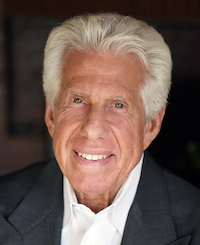

 - Experts agree that financial planning has many benefits. It can help you protect your family, worry less about finances and reach your goals
- Experts agree that financial planning has many benefits. It can help you protect your family, worry less about finances and reach your goals 
 - As the weather outside cools down, our excitement builds for classic fall activities like apple picking, getting lost in a corn maze and nature hikes surrounded by colorful foliage. This year,
- As the weather outside cools down, our excitement builds for classic fall activities like apple picking, getting lost in a corn maze and nature hikes surrounded by colorful foliage. This year, 
 - The NBA season tipped off Tuesday, October 18th with no true consensus favorite to take this year’s Championship title.
- The NBA season tipped off Tuesday, October 18th with no true consensus favorite to take this year’s Championship title. 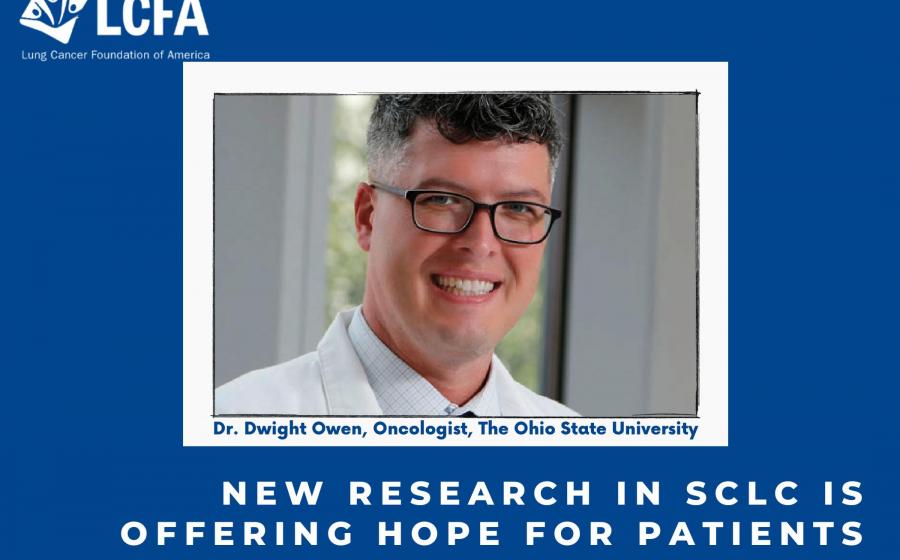
 - New research in the treatment of small cell lung cancer offers hope to patients.
- New research in the treatment of small cell lung cancer offers hope to patients. 




